 The reason to check your tire pressure is usually explained with some nearly unbelievable statistical comparison. If everyone checked their tire pressure once a month, for instance, we could save enough fuel to build comfortable cities on the moon for future generations. The fact is checking tire pressure is really easy to do, and can genuinely help save a few bucks worth of fuel along with your tires.
The reason to check your tire pressure is usually explained with some nearly unbelievable statistical comparison. If everyone checked their tire pressure once a month, for instance, we could save enough fuel to build comfortable cities on the moon for future generations. The fact is checking tire pressure is really easy to do, and can genuinely help save a few bucks worth of fuel along with your tires.
Say Hello to Bibendum
Tires can lose a few pounds of pressure a month just sitting. Hitting chuckholes or traveling on rough roads can accelerate pressure loss. Deep freeze weather can also cause tires to lose a few pounds all by themselves. Unless your name is Bibendum, you can’t determine tire pressure just by looking. Checking tire pressure requires a gauge.
Since the recommended tire pressures are measured cold by the manufacturer, this is also when operating tire pressure must be checked. Run tires with the pressure recommended by the vehicle manufacturer. These numbers may vary front to rear, or according to vehicle load. The pressure number on the side of the tire is maximum tire pressure, not the operating pressure!
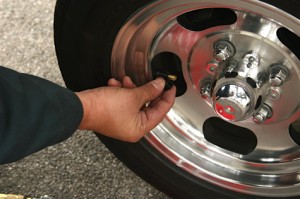
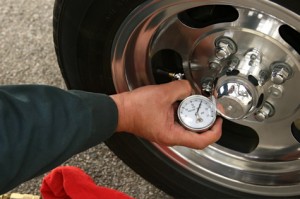
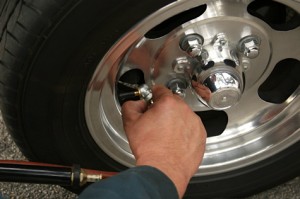
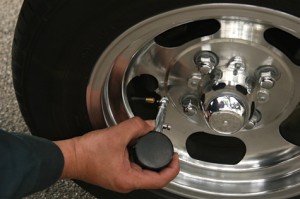
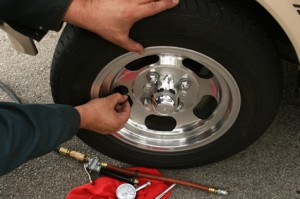
Please Clunkbucket, know that there is no subject too small, too simple, to be of use to your readers. While I actually can handle this task, there are dozens of similarly simple maintenance tasks that I could use instruction in, so please, keep this series coming.
Also: nice tire gauge. Nice rims too, but I live in a five lug world.
We’ll do our best Eggwich. Welcome to the Clunkbucket. We’re here to help, not hurt! May you find a full set of five lug slot mags with the correct offset.
awsome keep em coming
My gawd, I have never seen a cleaner wheel…
Bumbeck, what’s the Starlet’s bolt pattern? I would kill for slotmags in 4x100mm (for my xB).
Early Toyota (at least the Starlet) is four by 114.3mm, or 4.5-inch.